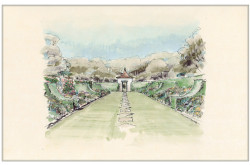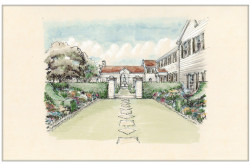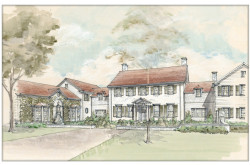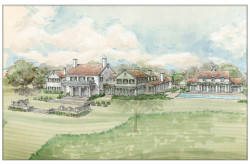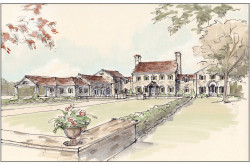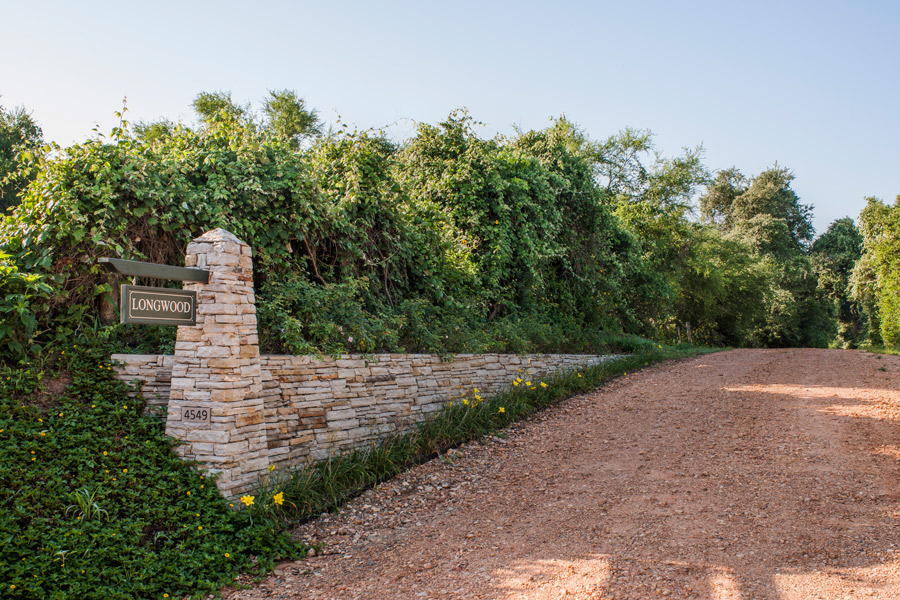
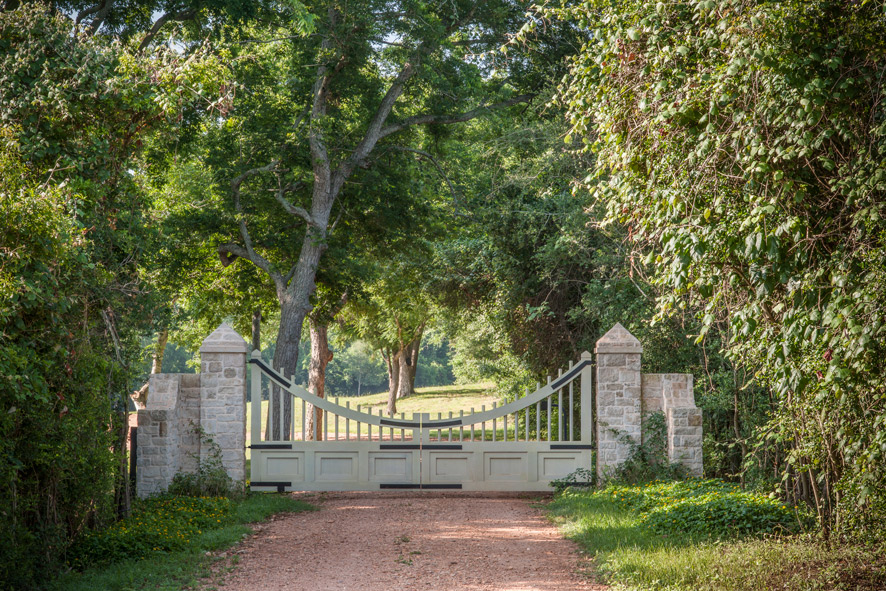
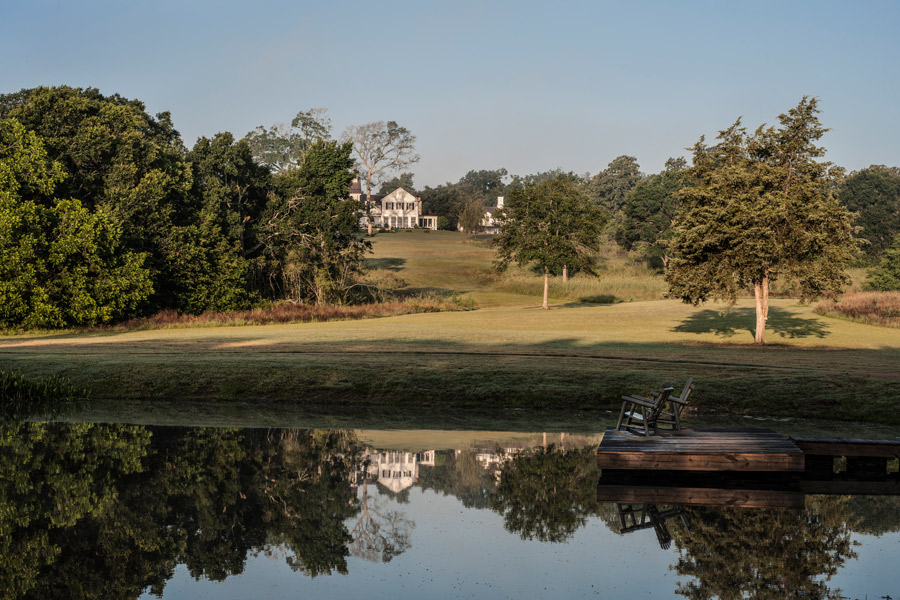
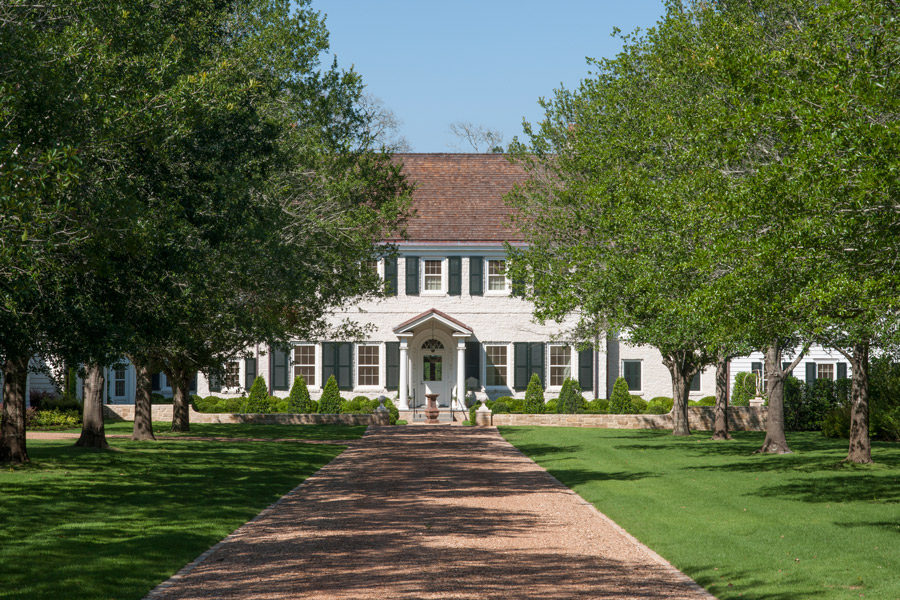
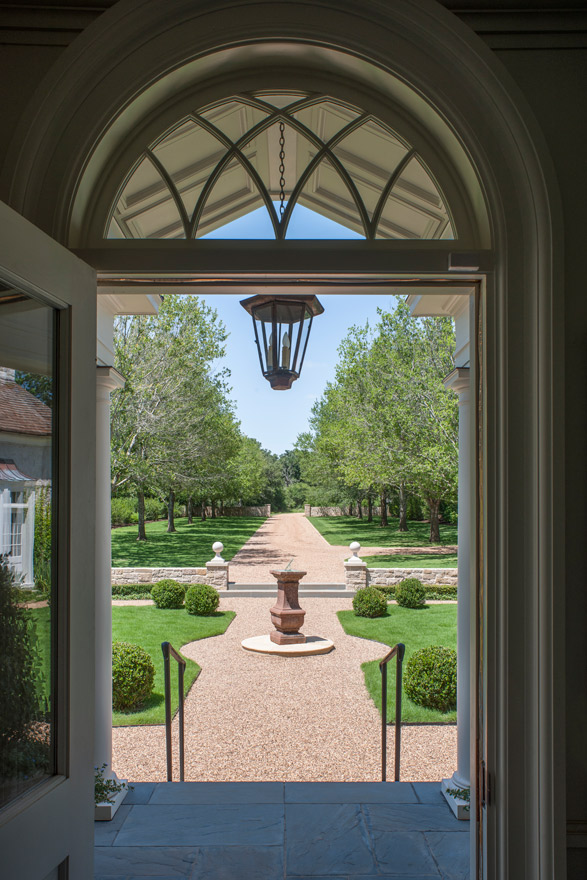
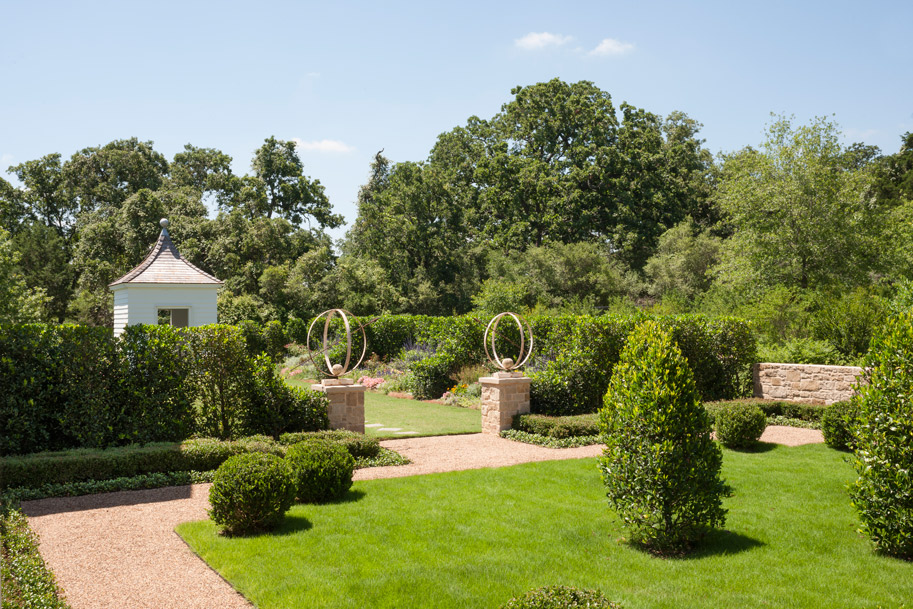
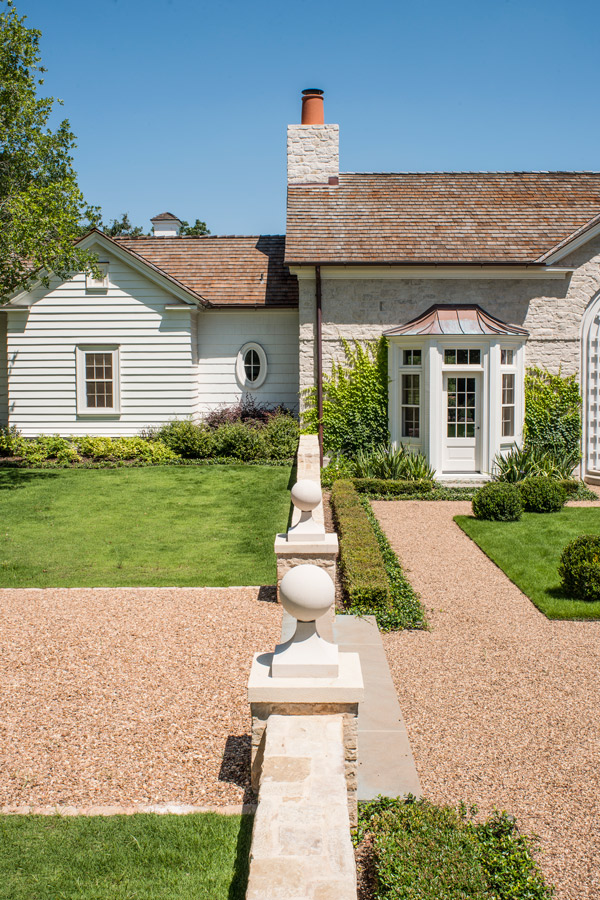
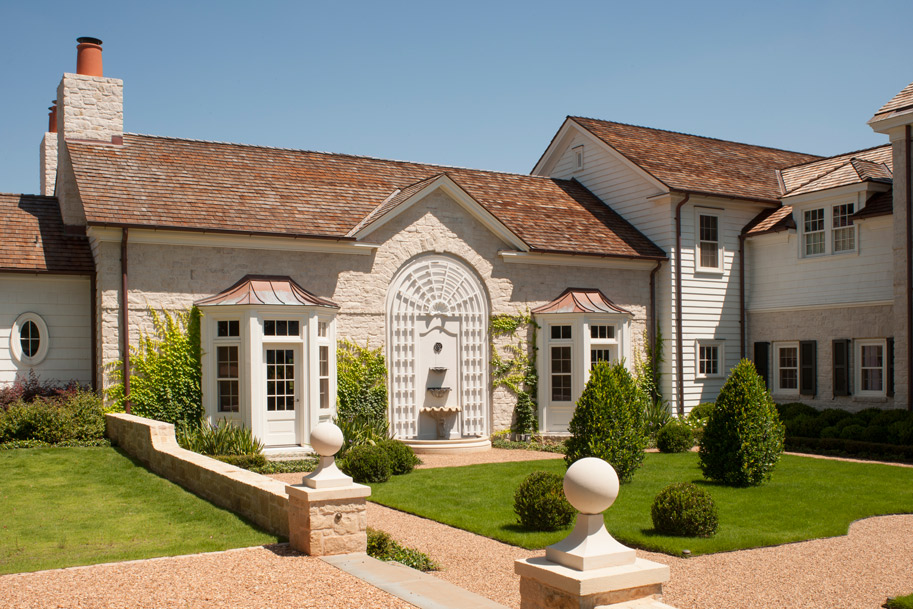
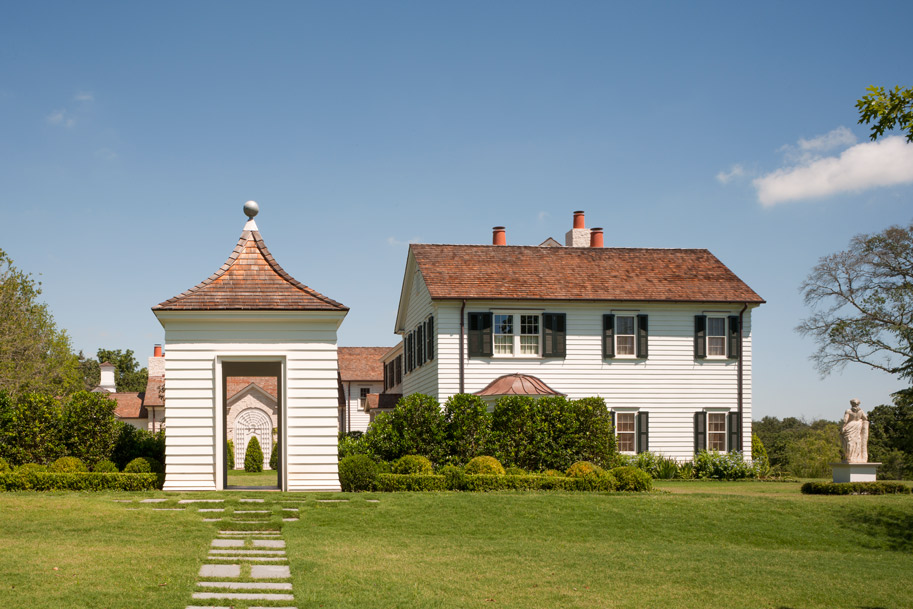
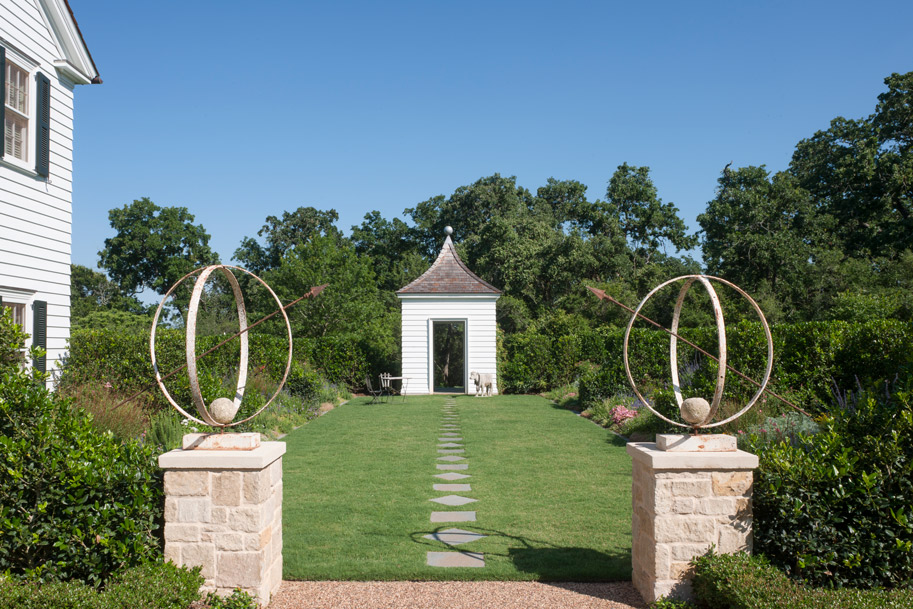
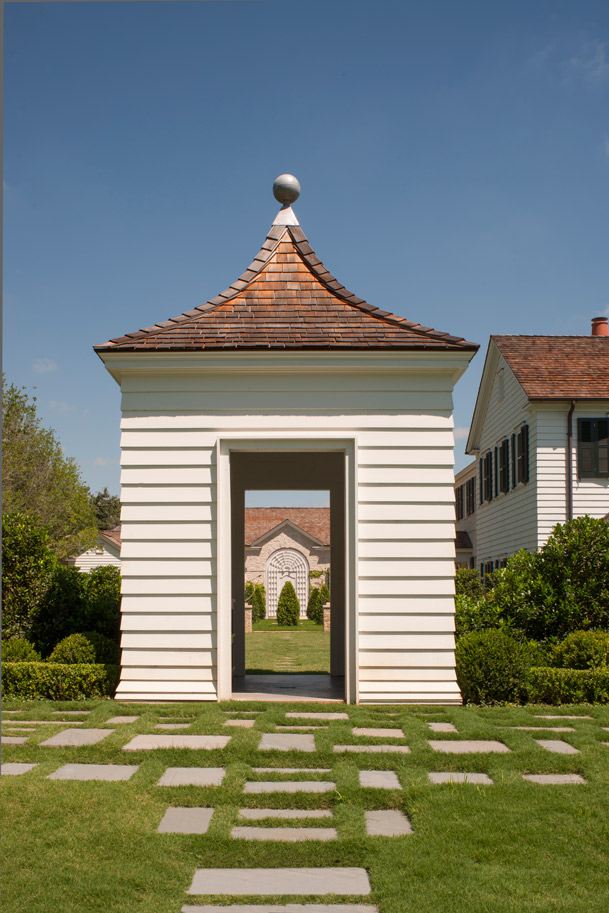
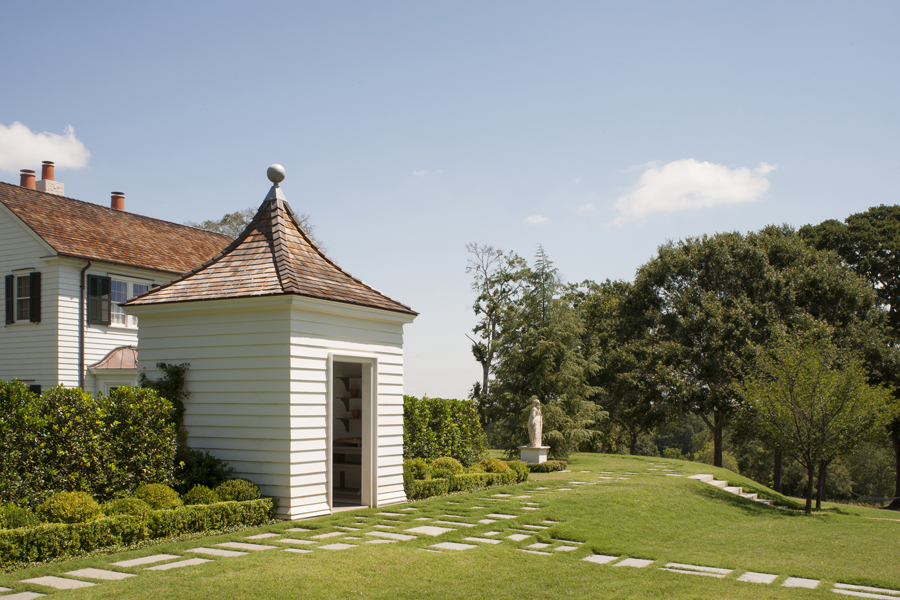
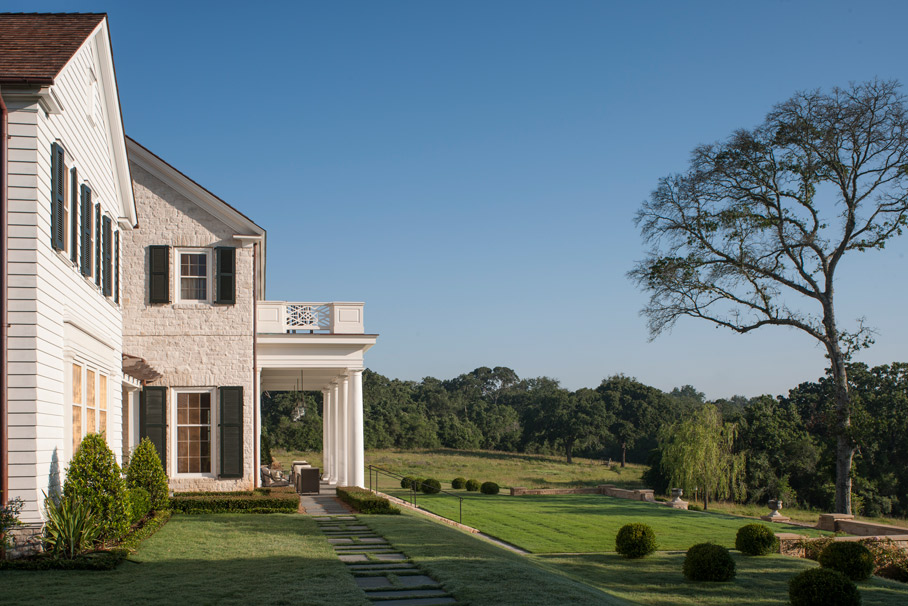
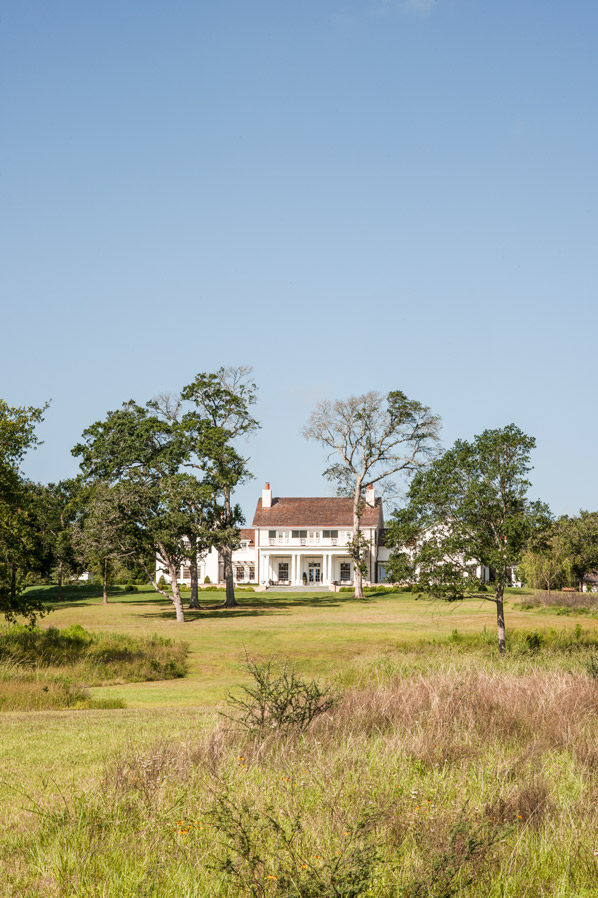
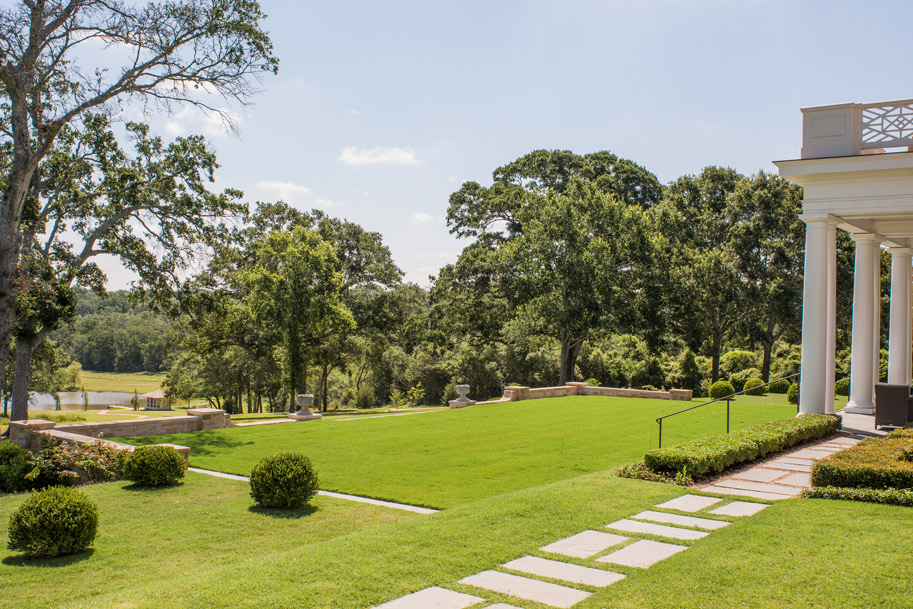
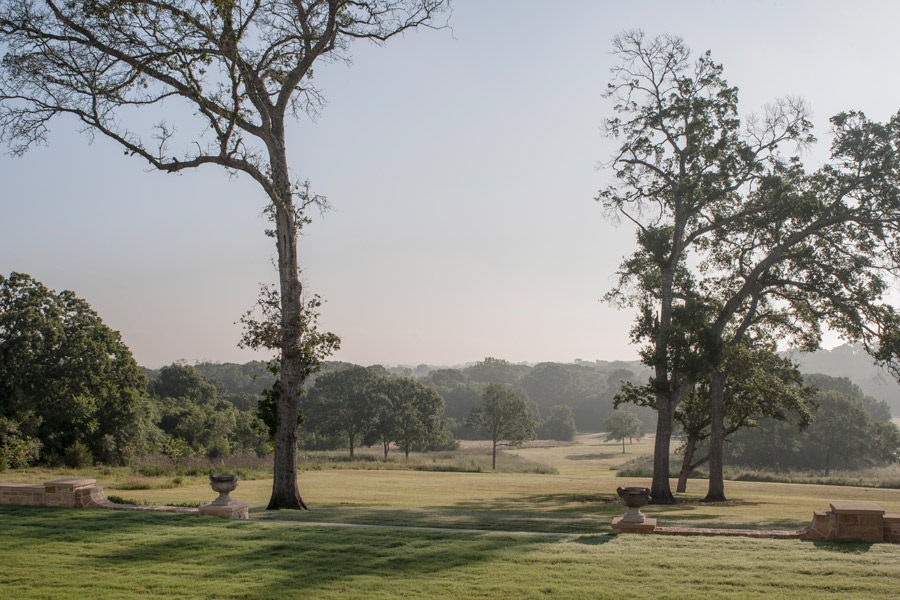
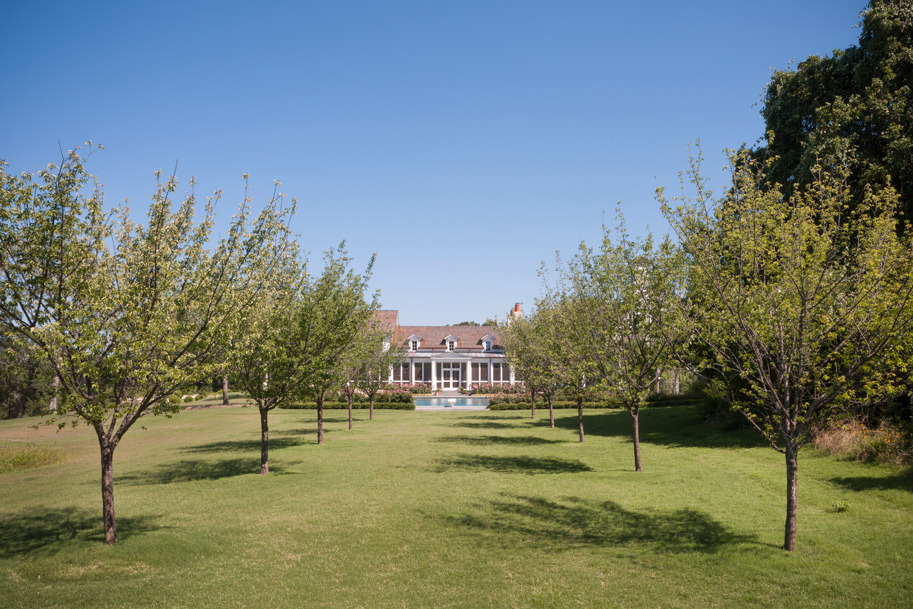
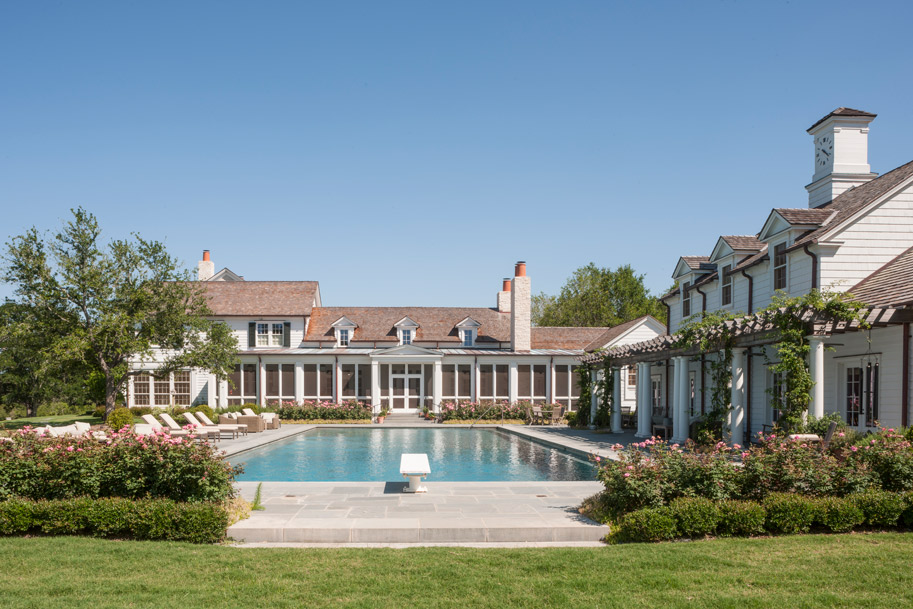
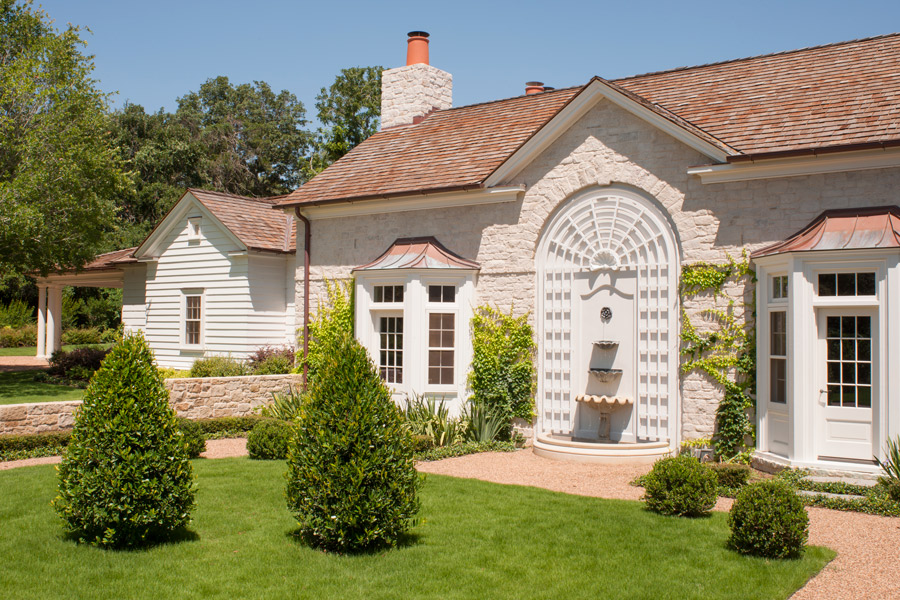
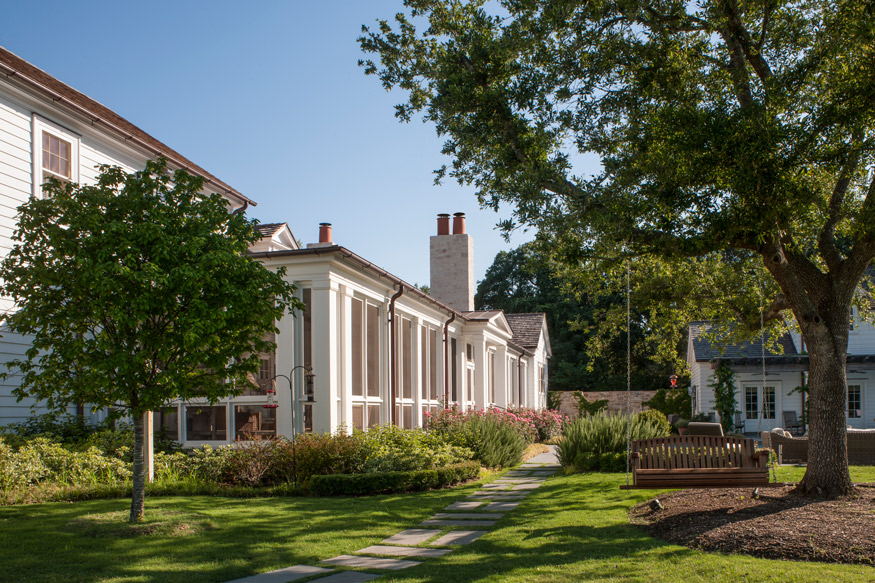
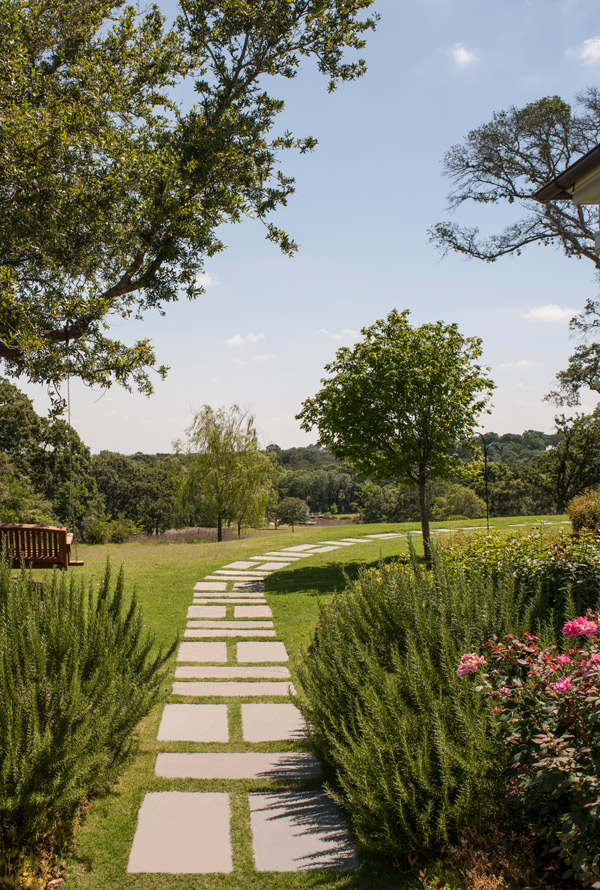
We conceived of Longwood’s gardens and grounds as a gradual revealing of the house on one hand and the house’s interior—a sequence of frames highlighting views of the garden and the world beyond—on the other. From the late-eighteenth century on, writers on architecture have recognized that interior and exterior sight lines, harmoniously regulated by conscious design, are capable of producing emotional elation.
Visitors enter the grounds of Longwood via a narrow lane that winds gently upward through wooded hillsides, gradually opening out onto meadows, lawns, and a lake, allowing glimpses of the house in the distance. It is framed by an allée of water oaks that crown a hilltop in one corner of the tract, and it is these trees that frame the first, direct view of the façade. Constructed of parged limestone (limestone with a protective “wash” of plaster), the symmetrical central block, in its incorporation of weathered fieldstone as a building material, architecturally acknowledges the geology of this region. The English gardens, framed by gravel paths, are completed by a refined tea pavilion, perfect for afternoon entertaining.
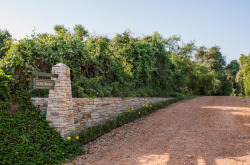
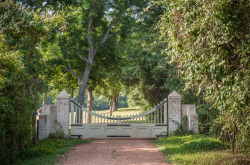
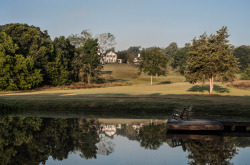
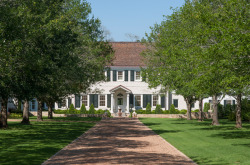
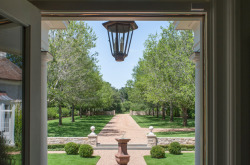
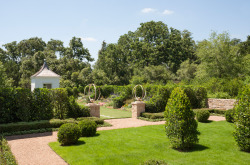
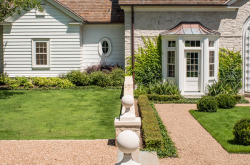
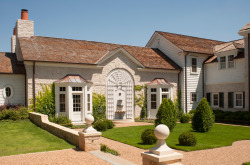
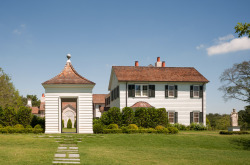
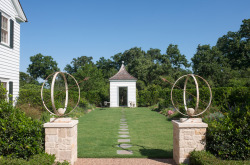
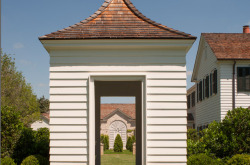
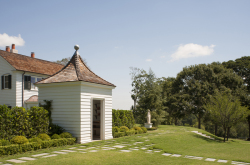
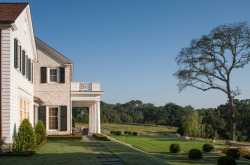
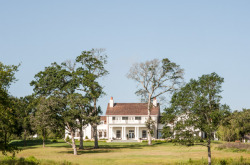
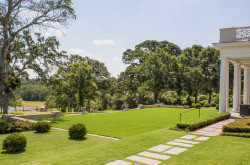
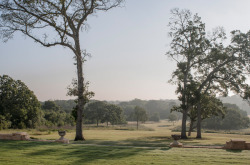
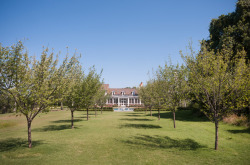
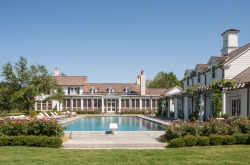
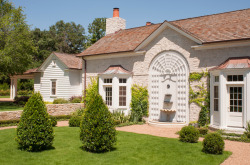
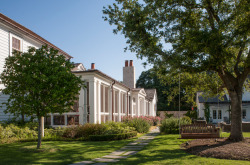
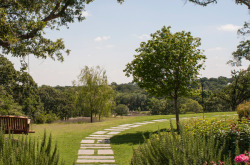
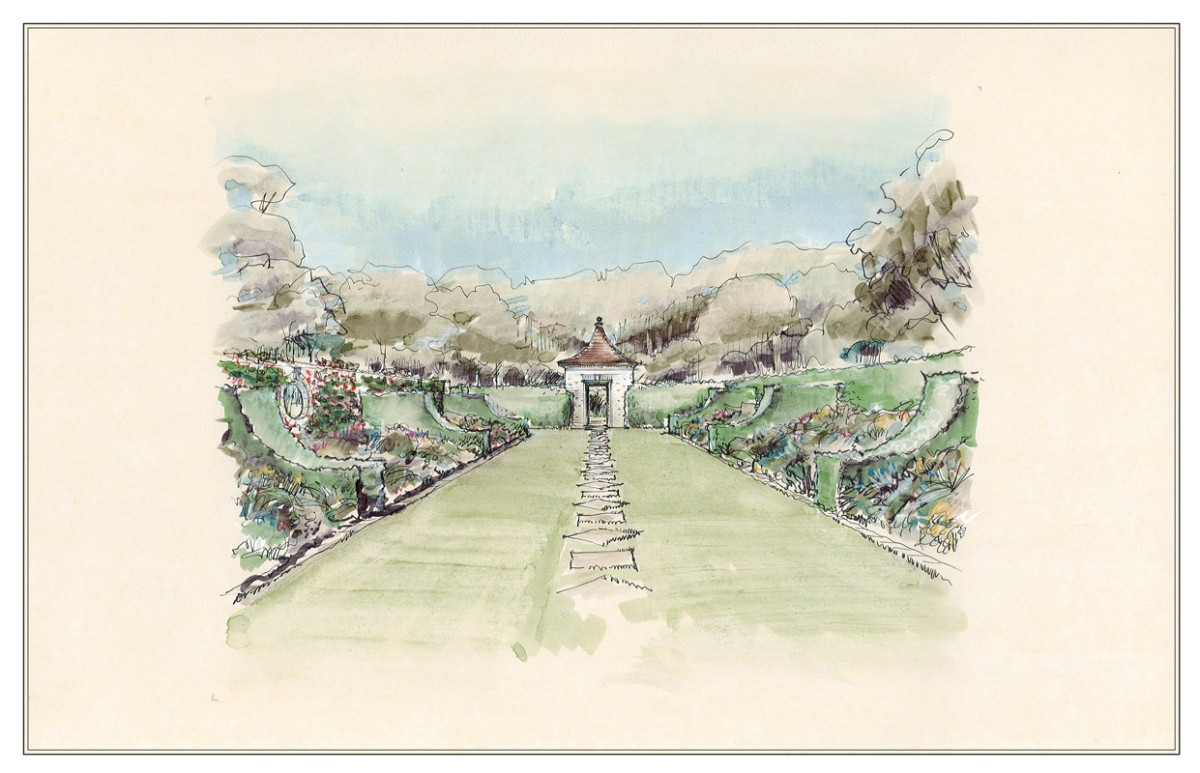
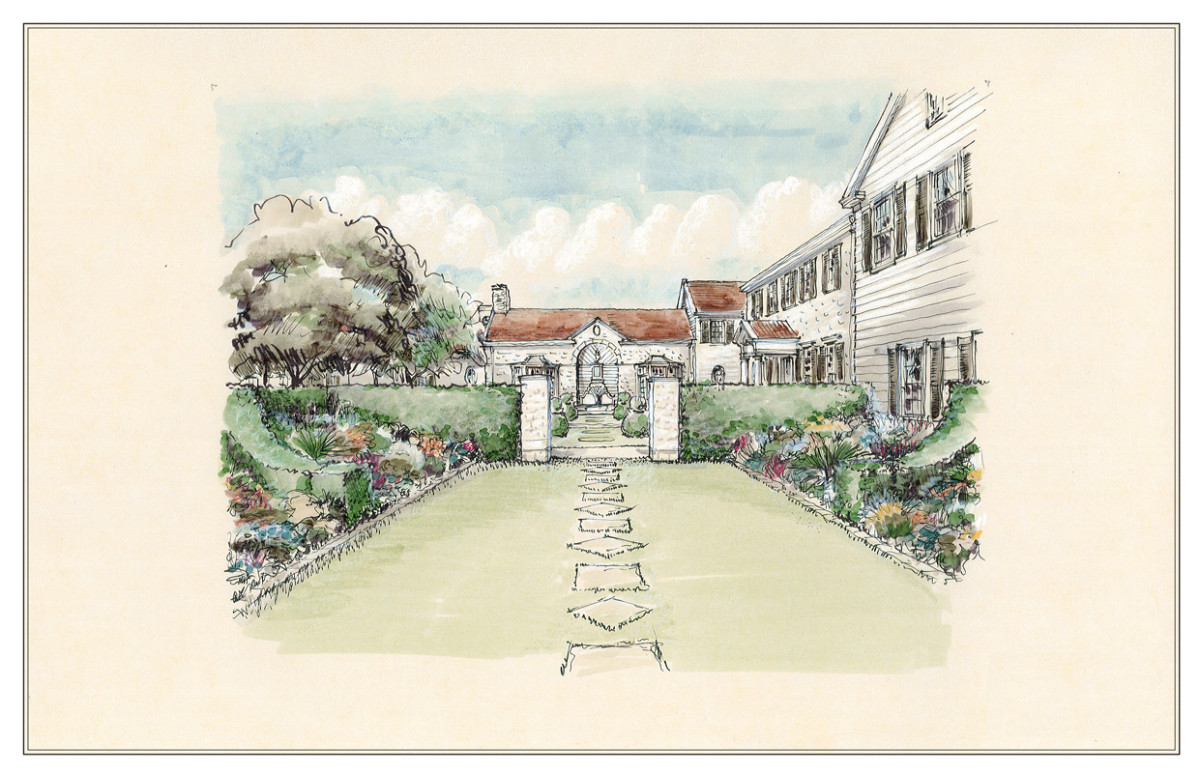
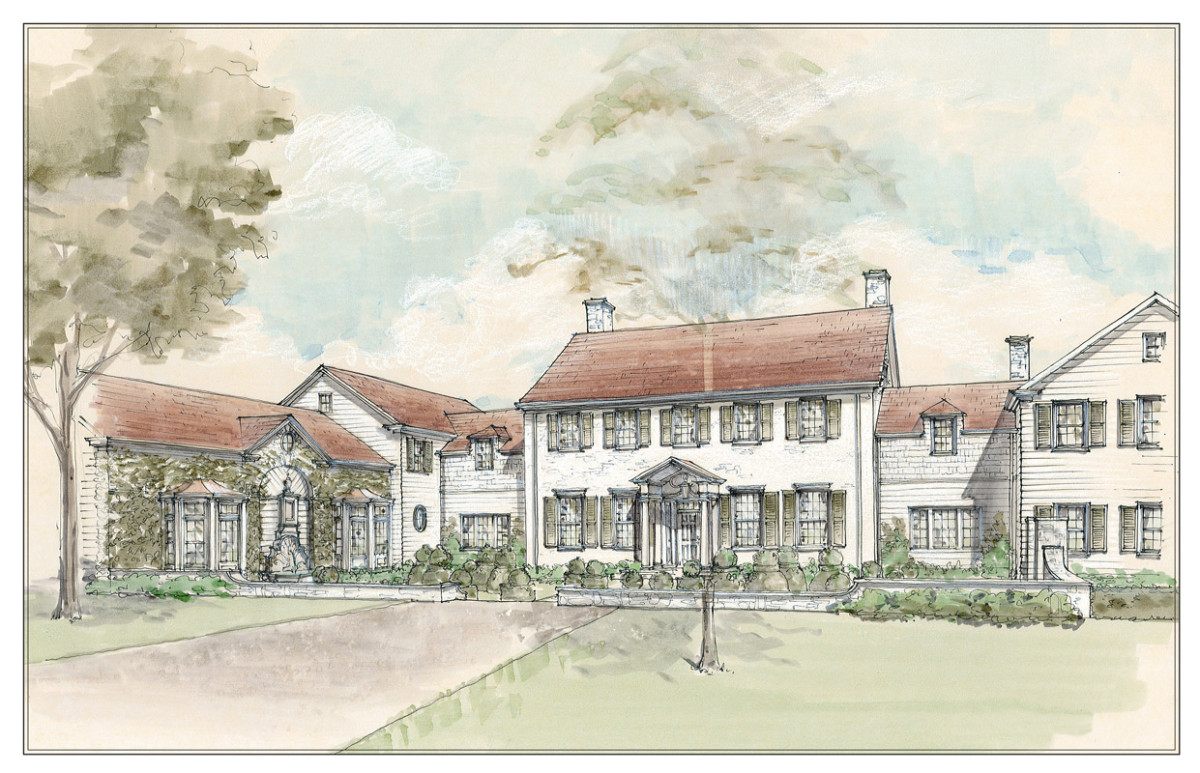
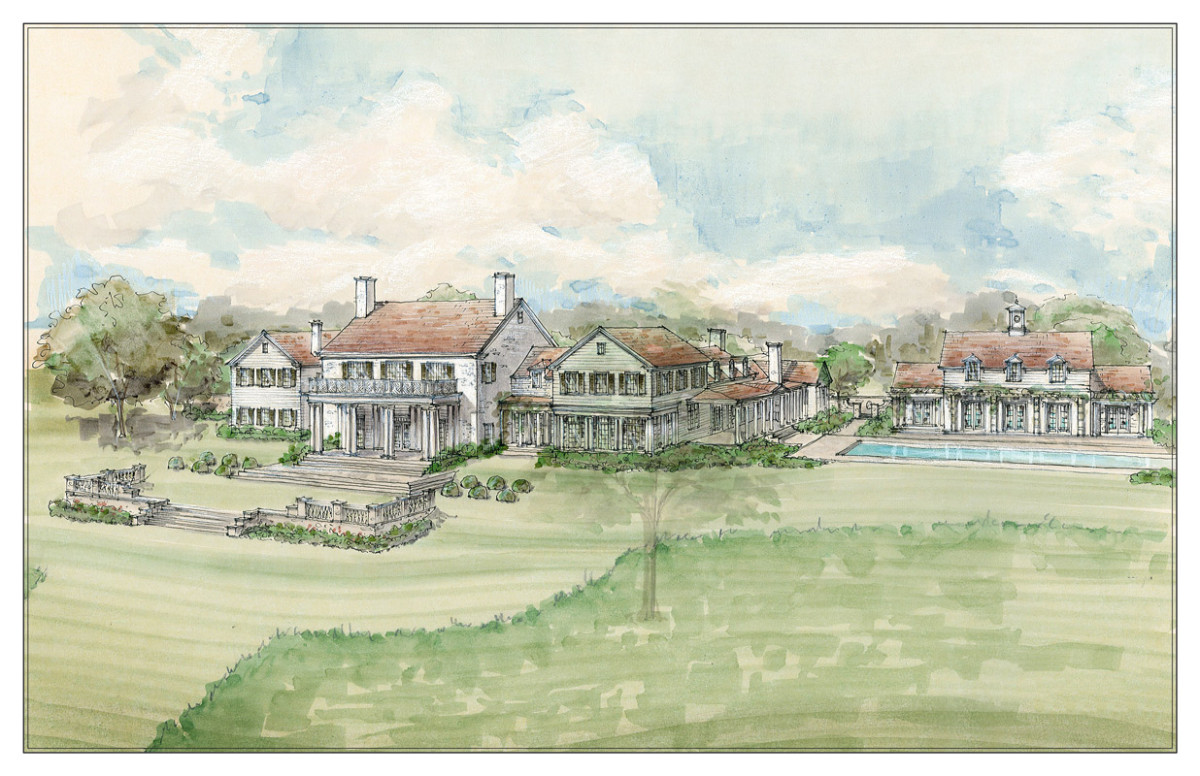
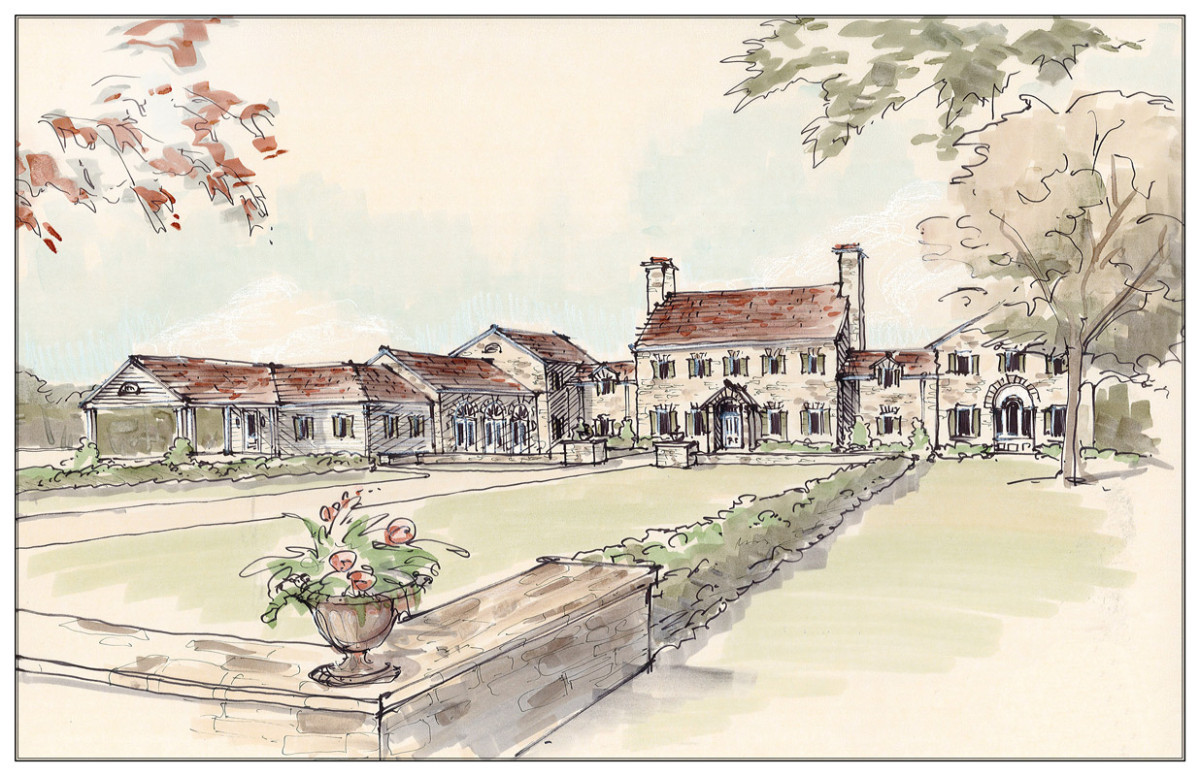
We conceived of Longwood’s gardens and grounds as a gradual revealing of the house on one hand and the house’s interior—a sequence of frames highlighting views of the garden and the world beyond—on the other. From the late-eighteenth century on, writers on architecture have recognized that interior and exterior sight lines, harmoniously regulated by conscious design, are capable of producing emotional elation.
Visitors enter the grounds of Longwood via a narrow lane that winds gently upward through wooded hillsides, gradually opening out onto meadows, lawns, and a lake, allowing glimpses of the house in the distance. It is framed by an allée of water oaks that crown a hilltop in one corner of the tract, and it is these trees that frame the first, direct view of the façade. Constructed of parged limestone (limestone with a protective “wash” of plaster), the symmetrical central block, in its incorporation of weathered fieldstone as a building material, architecturally acknowledges the geology of this region. The English gardens, framed by gravel paths, are completed by a refined tea pavilion, perfect for afternoon entertaining.
